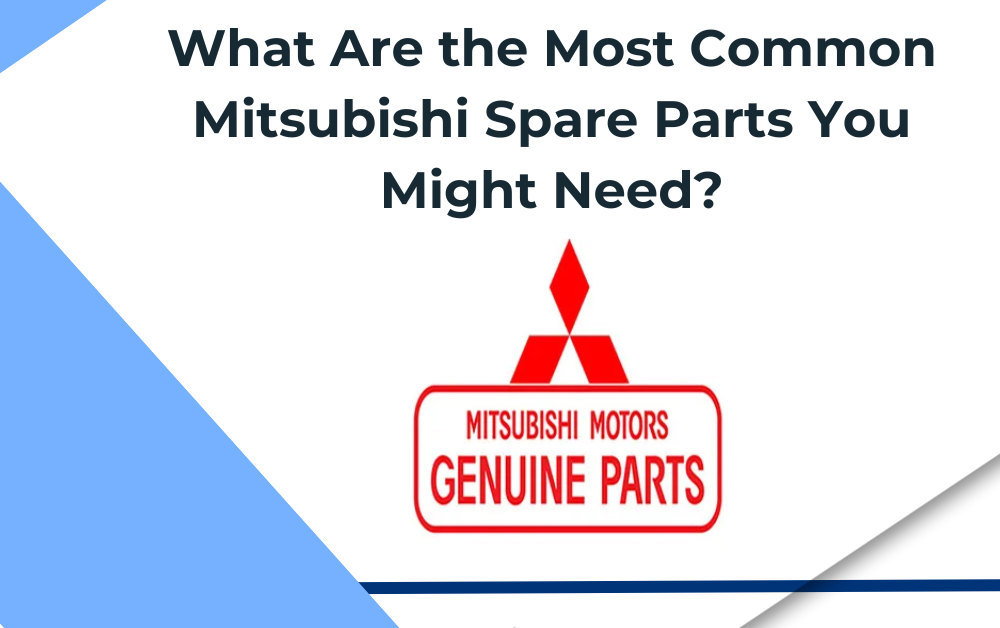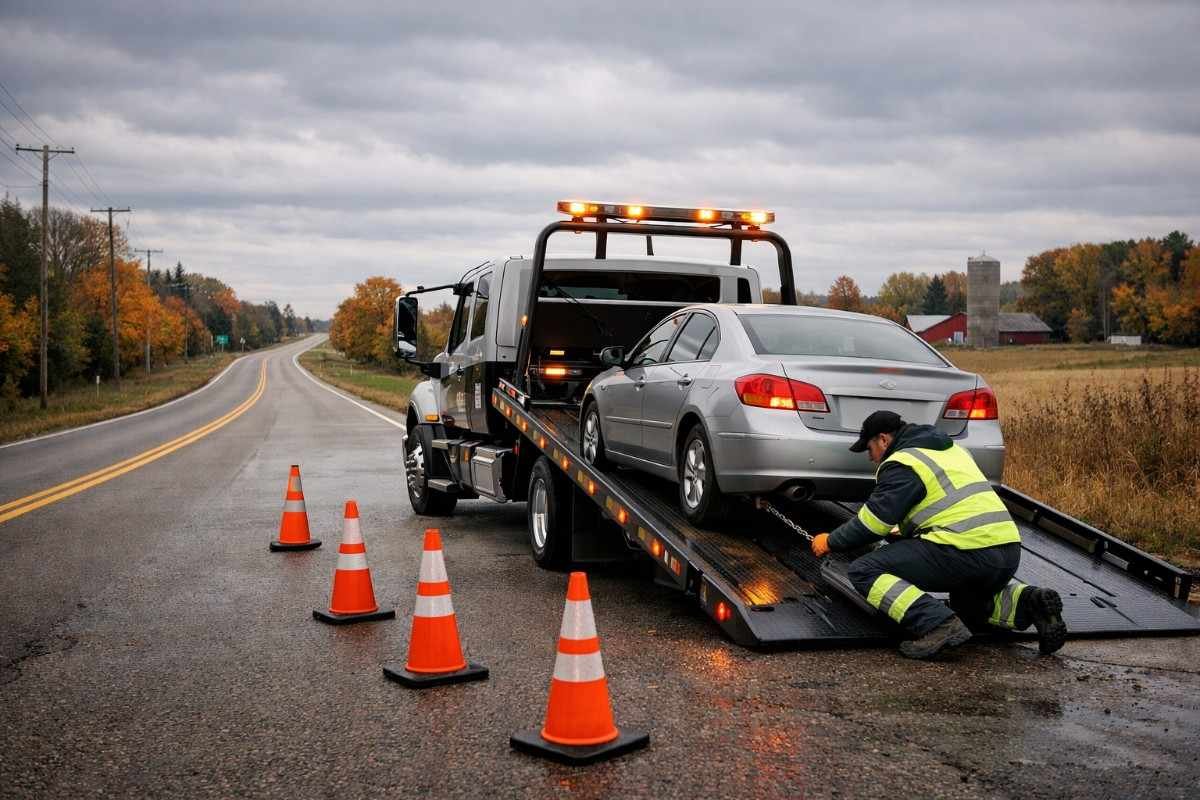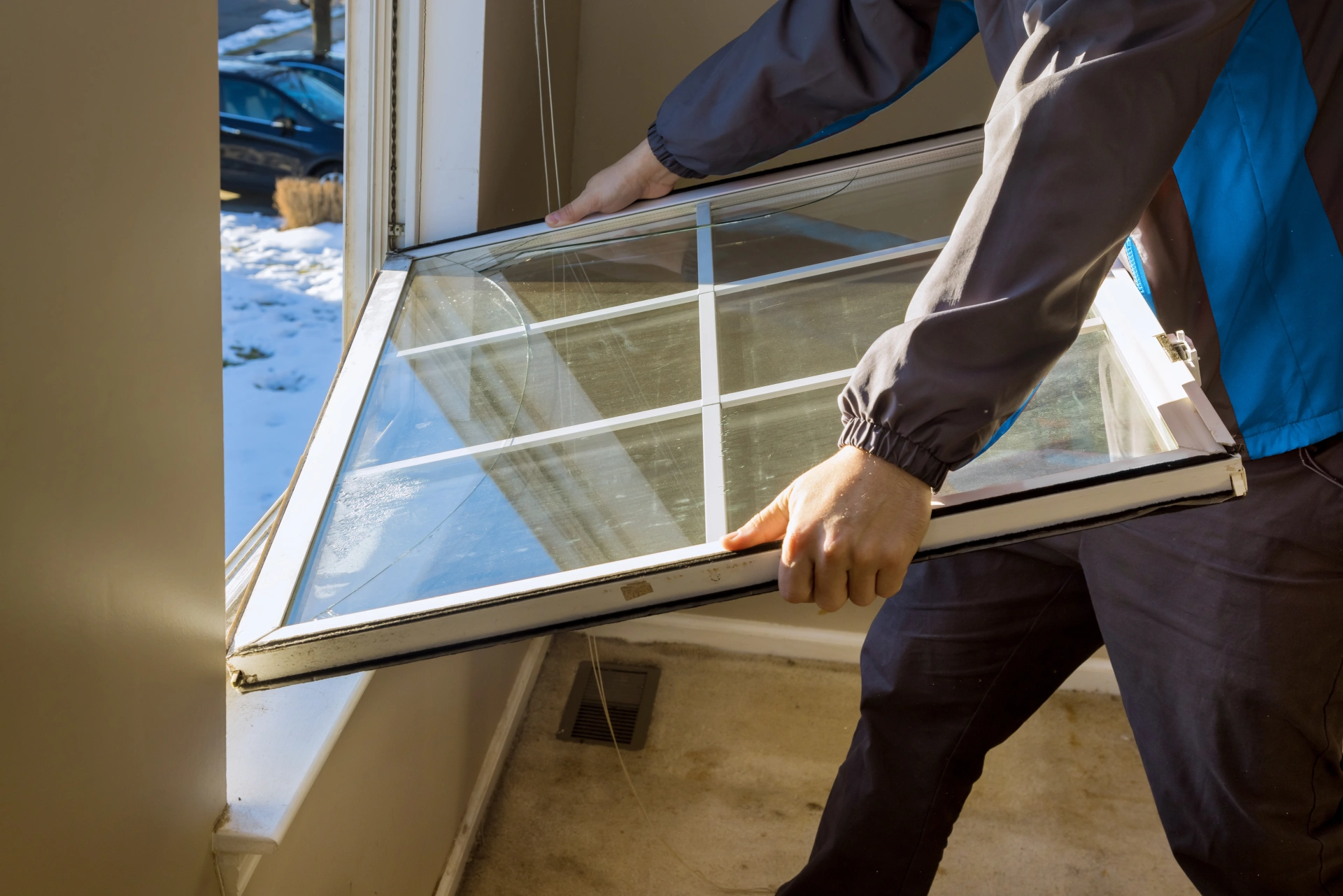When it comes to vehicle maintenance and repair, choosing the right spare parts is crucial to ensure the longevity and performance of your Mitsubishi. Whether you own a Mitsubishi Lancer, Outlander, or Pajero, knowing the most common spare parts can help you make informed decisions for your vehicle. Mitsubishi, being a renowned automaker, offers a wide range of spare parts designed to provide maximum durability and reliability.
In this article, we will explore the most common Mitsubishi spare parts you might need, discuss their functions, and help you understand the importance of using genuine Mitsubishi spare parts. Let’s dive into the key components that every Mitsubishi owner should know about.

NOTE: Mitsubishi Qatar spare parts have been available through Apex Global for years, offering reliable solutions for various Mitsubishi models. Apex Global has been recognized for providing high-quality, authentic spare parts that cater to the specific needs of the Qatari market. If you are looking for genuine Mitsubishi spare parts in Qatar, Apex Global is the trusted source for all your requirements.
1. Engine Components
The engine is the heart of any vehicle, and Mitsubishi vehicles are no different. The engine parts play a pivotal role in the performance and efficiency of your car. Over time, these parts may need to be replaced to maintain optimal functioning.
Timing Belt and Chain The timing belt or chain ensures that the engine’s valves and pistons work in harmony. A worn-out timing belt can lead to engine damage, so regular replacement is essential to avoid costly repairs.
Pistons and Rings Pistons are integral to the combustion process, and the rings seal the combustion chamber. Damaged pistons or rings can result in engine misfires, reduced performance, and increased oil consumption.
Cylinder Heads and Valves Cylinder heads and valves help control the air and fuel entering the engine. Any damage to these components can lead to engine inefficiency and poor performance.
2. Brake Components
Brakes are one of the most critical safety features of any vehicle, and ensuring that they are in top condition is essential. Common brake-related spare parts include:
Brake Pads Brake pads wear out over time and need to be replaced to maintain stopping power. Genuine Mitsubishi brake pads are designed for optimal performance and safety.
Brake Discs/Rotors Rotors are subjected to high levels of heat and stress. If they become warped or worn down, it can affect braking performance. Replacing damaged rotors ensures smooth braking.
Brake Calipers Brake calipers apply pressure to the brake pads, enabling the vehicle to stop. If a caliper fails, it can cause uneven braking or complete brake failure. Regular inspection is necessary.
3. Suspension and Steering
The suspension and steering systems are vital for ensuring smooth handling and a comfortable driving experience. Over time, wear and tear can affect their performance, making it essential to replace certain components.
Shock Absorbers and Struts These components reduce the impact of bumps and vibrations, ensuring a smooth ride. If your Mitsubishi is bouncing excessively or making unusual noises, it might be time to replace the shock absorbers or struts.
Steering Rack and Pinion The steering rack and pinion are essential for turning the vehicle. If your Mitsubishi experiences difficulty steering or uneven steering feel, the rack and pinion may need to be replaced.
Ball Joints Ball joints allow the suspension to move smoothly while also connecting the wheels to the vehicle’s frame. Worn-out ball joints can lead to a loose steering feel and poor handling.
4. Electrical Components
The electrical system of your Mitsubishi controls everything from lighting to engine performance. Some of the most common electrical components that may need replacement include:
Alternator The alternator is responsible for charging the battery and powering electrical systems. A failing alternator can lead to electrical issues and battery failure.
Starter Motor The starter motor is what initiates the engine’s combustion process. If the starter motor fails, your vehicle will not start, making it one of the most critical components to maintain.
Sensors and Relays Modern Mitsubishi vehicles are equipped with a wide array of sensors and relays that control various systems such as fuel injection, airbags, and anti-lock braking. Malfunctioning sensors can lead to poor engine performance or safety issues.
5. Transmission Components
The transmission system ensures that your Mitsubishi shifts gears smoothly, providing power to the wheels. Over time, certain transmission parts may require replacement:
Clutch and Flywheel In manual transmission vehicles, the clutch and flywheel are crucial for smooth gear shifting. If the clutch begins to slip or the flywheel becomes warped, they need to be replaced.
Transmission Fluid Regular replacement of transmission fluid is essential for ensuring that the transmission operates smoothly. Low or dirty transmission fluid can cause transmission failure.
Transmission Gaskets and Seals These components prevent fluid leaks from the transmission. Worn-out gaskets or seals can lead to transmission fluid leaks, which may cause significant damage if left unaddressed.
6. Exhaust System Components
The exhaust system controls harmful emissions and reduces noise. Over time, certain parts of the exhaust system may wear out and need to be replaced.
Mufflers Mufflers reduce engine noise and regulate the exhaust system’s pressure. A damaged muffler can cause the vehicle to produce loud noises and affect fuel efficiency.
Exhaust Pipes Exhaust pipes carry gases from the engine to the outside of the vehicle. Over time, these pipes can corrode, especially in areas with high humidity or salty roads.
Catalytic Converters Catalytic converters reduce harmful emissions, and if they become clogged or damaged, they can affect engine performance and fuel efficiency. Replacing the catalytic converter with a genuine Mitsubishi part is crucial to maintaining the vehicle’s emissions standards.
7. Air Conditioning Components
Mitsubishi vehicles are equipped with air conditioning systems that require maintenance to ensure they work efficiently, especially in hot climates. Common AC parts that may need replacement include:
Compressor The compressor is responsible for circulating refrigerant throughout the system. A failing compressor can result in a lack of cooling or strange noises when the air conditioning is running.
Evaporator Coil The evaporator coil absorbs heat from the air and cools it before it enters the cabin. A clogged or damaged evaporator coil can cause poor cooling and increased humidity inside the vehicle.
Condenser The condenser cools the refrigerant after it has been compressed, converting it from a gas to a liquid. A damaged condenser can lead to system failure, and it should be replaced promptly.
8. Body Parts and Exterior Components
While engine and mechanical components are vital, body parts and exterior components also require regular attention to maintain the vehicle’s aesthetics and functionality.
Bumpers Bumpers absorb impact in the event of a collision. Damaged bumpers should be replaced to maintain the vehicle’s safety standards.
Fenders and Panels Fenders and panels protect the vehicle from debris and impact. Over time, they may become dented or rusted, requiring replacement to preserve the vehicle’s appearance.
Headlights and Taillights The headlights and taillights are essential for visibility and safety. Replacing faulty or broken lights with genuine Mitsubishi parts ensures the vehicle remains roadworthy.
Conclusion
When it comes to keeping your Mitsubishi in optimal condition, choosing the right spare parts is crucial. Whether it’s the engine components, brake system, suspension parts, or electrical system, using genuine Mitsubishi spare parts will ensure that your vehicle runs smoothly and reliably for years to come. Regular maintenance and timely replacement of these components can prevent costly repairs and enhance your driving experience.
For more insightful articles related to this topic, feel free to visit: techners












Leave a Reply